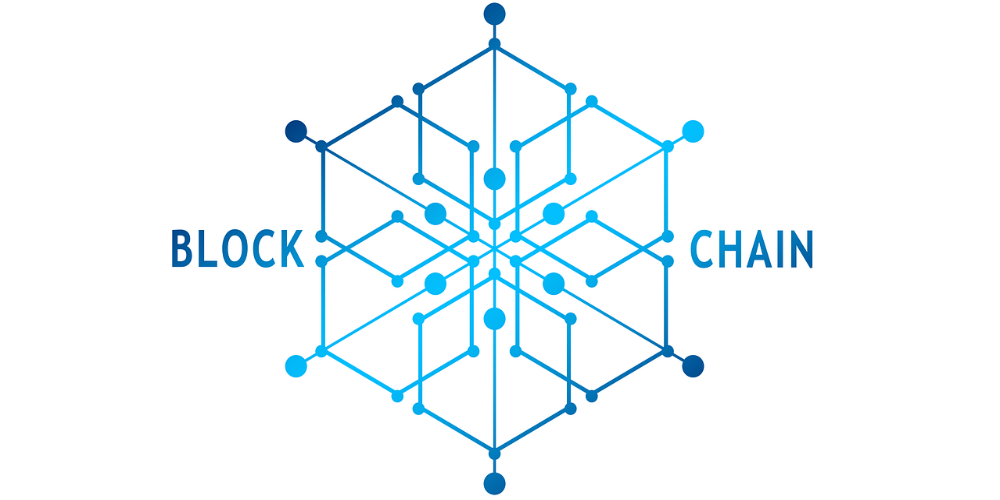Blockchain
About Digital Blockchain Certificates
Blockchain is a growing chained database consists of data blocks stored linearly and chronologically. Each block contains it's own unique hash, along with the hash of the block before it. When changes are made to the block, the hash will change as well. Thus, by design, blockchain is highly resistant to unauthorized data modification.
Through the immutable property of blockchain, digital certificates can be made to be falsification-proof and the authenticity, as well as the credibility of the certificates, is ensured.


The Problems
-
Academic Frauds, such as fake academic credentials.
-
No direct process of verifying the authenticity and legitimacy of the certificate.
-
The manual process of submitting physical certificates in paper increase the chances of fraudulence.
-
Difficulty in controlling who is allowed to access the certificates stored in the centralized storage which results in a security breach.
Solutions
-
Certificate Issuer Program - A blockchain certificate is issued by the Institute of Certified Bookkeepers (ICB) by creating a transaction (includes the hash of the certificate) sent to the recipient on the blockchain. ICB uses REST web service API to search and broadcast the transaction as the blockchain itself is not running locally on the issuer's computer/server.
-
Certificate Verifier Program - This program provides a mechanism to check the authenticity of the certificate. The certificate contains the issuer information and a revocation list to check if the certificate has not been revoked and not expired.
-
Certificate Viewer - The certificate viewer web page allows the user to verify blockchain certificates after they have been issued.
-
API Management - The API calls between the users and the blockchain are made using secure REST web service calls.
-
IPFS (distributed storage) - Documents stored in IPFS contains document path URL which linked to the associated registry smart contract with data structure of the blockchain certificate. Users after authentication and security verification will access these document path URL and retrieve the document.

Result
-
Transaction about the digital certificates issued by the institution can know to be stored in a secured blockchain network which can be verified by the requester.
-
The transaction ledger allows the proof-of-existence of the digital certificates to be issued. Users can access and store documents in their own local IPFS storage and exchange them with others.
-
Websites and mobile apps can interact with digital certificate smart contracts in the blockchain.
